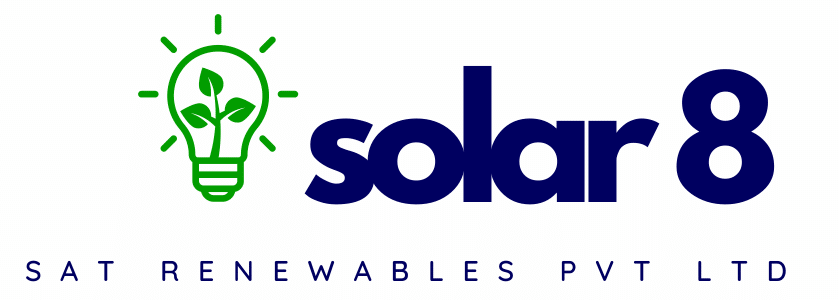Why Solar?
Enough sunlight reaches the earth in one hour to power the world for an entire year. Unlike the substantial resources and capital needed to extract and burn fossil fuels, anyone can purchase and install solar panels to take advantage of this abundance of sunlight. Best of all, solar generates significant long-term savings on electricity bills.
Save on
electricity bills
Installing solar panels significantly reduces monthly electricity bills and dependence on the power grid. This energy independence protects against rising electricity costs and volatile fuel prices. With analysts forecasting continued increases in electricity rates, solar remains a cost-effective solution and long-term investment in the future.
Long life cycle
and low maintenance
As solar panels and their auxiliary components have no moving parts, which makes them highly durable. PVs are designed to be resilient and retain their full functionality even when exposed to challenging weather conditions such as heavy rain, snowstorms, hailstorms, or extreme temperatures. Such high-quality design ensures that the technology operates smoothly for over 25 years.
Reduce your
carbon footprint
Unlike energy generated by fossil fuels, solar doesn’t release harmful carbon dioxide (CO2) emission. Sustainable carbon-free energy solutions such as solar are crucial to slowing the pace of climate change and preventing further damage to the environment.
Increase
property value
Studies have shown properties with solar systems sell up to 20 percent faster and at a 17 percent premium compared to homes without such systems. A solar installation makes your property more attractive to buyers, increasing its resale value.
Financial
Benefits
Investing in solar energy not only benefits the environment but also offers significant financial advantages. Take advantage of government incentives, tax credits, and reduced energy bills. Our team can guide you through the financial aspects of your solar project, helping you make informed decisions that align with your goals.
Pollution-free
environment
Solar power plants may be installed in densely populated areas without causing any discomfort to the residents because the technology is noise and light pollution-free. Solar panels do not harm the environment and thus are perfect, especially in large cities, where air pollution generally reaches higher levels.
How it Works?
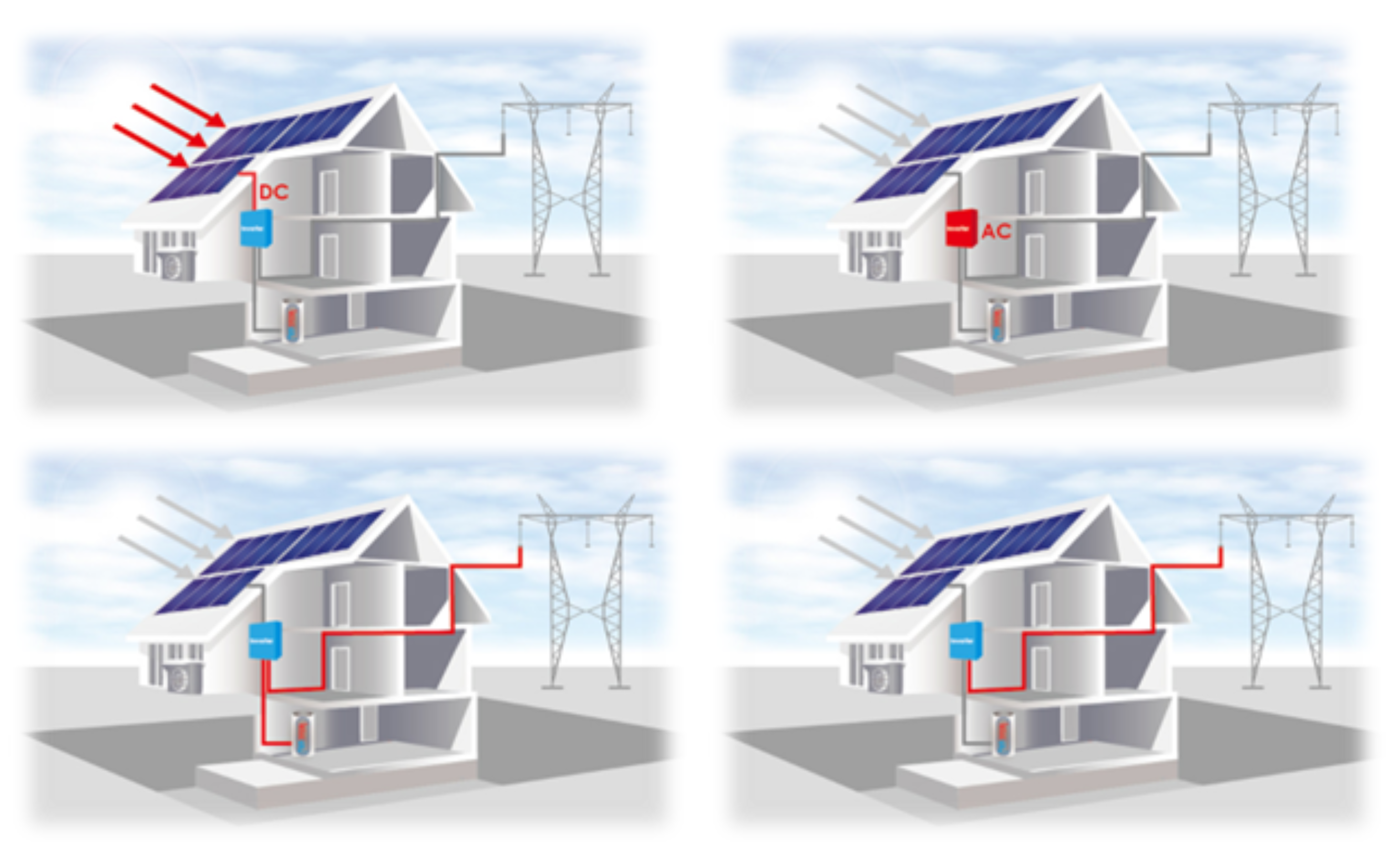
- Solar PV panels capture sunlight, causing electrons in the panel’s silicon cells to release energy that becomes direct current (DC) electricity.
- An inverter converts the DC into alternating current (AC) electricity, making it useable for homes and businesses.
- Excess electricity can be stored in a battery or fed back into the power grid.
- Additional electricity can be pulled from the grid if you need more power than your solar panels can generate.


Save on electricity bills:

Installing solar panels significantly reduces monthly electricity bills and dependence on the power grid. This energy independence protects against rising electricity costs and volatile fuel prices. With analysts forecasting continued increases in electricity rates, solar remains a cost-effective solution and long-term investment in the future.

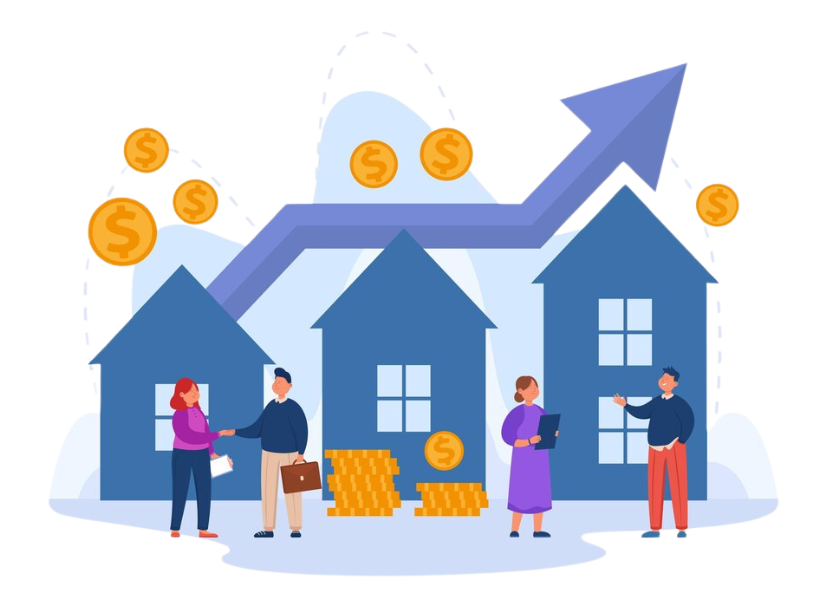
Increase property value:

Studies have shown properties with solar systems sell up to 20 percent faster and at a 17 percent premium compared to homes without such systems. A solar installation makes your property more attractive to buyers, increasing its resale value.
Reduce your carbon footprint:

Unlike energy generated by fossil fuels, solar doesn’t release harmful carbon dioxide (CO2) emission. Sustainable carbon-free energy solutions such as solar are crucial to slowing the pace of climate change and preventing further damage to the environment.


Long life cycle and low maintenance:

As solar panels and their auxiliary components have no moving parts, which makes them highly durable. PVs are designed to be resilient and retain their full functionality even when exposed to challenging weather conditions such as heavy rain, snowstorms, hailstorms, or extreme temperatures. Such high-quality design ensures that the technology operates smoothly for over 25 years.
Financial Benefits:

Investing in solar energy not only benefits the environment but also offers significant financial advantages. Take advantage of government incentives, tax credits, and reduced energy bills. Our team can guide you through the financial aspects of your solar project, helping you make informed decisions that align with your goals.

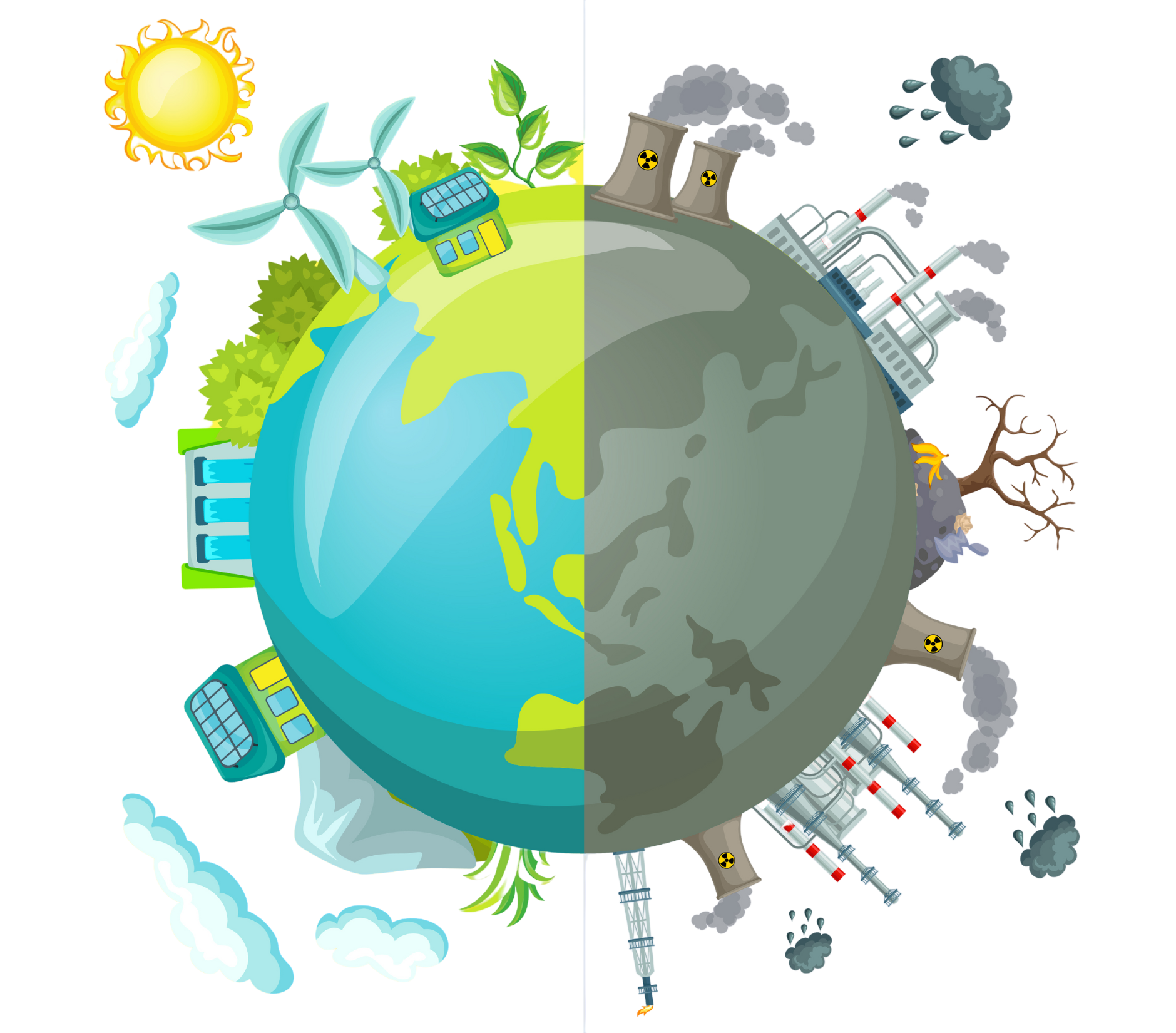
Pollution-free environment:

Solar power plants may be installed in densely populated areas without causing any discomfort to the residents because the technology is noise and light pollution-free. Solar panels do not harm the environment and thus are perfect, especially in large cities, where air pollution generally reaches higher levels.
Electric vehicles and solar:
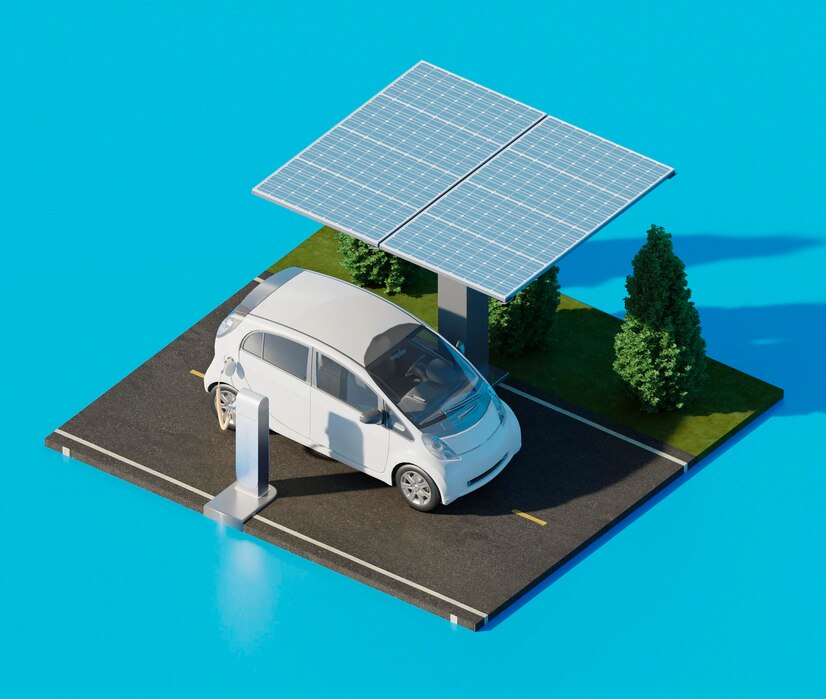
The popularity of electric vehicles is increasing as they get more affordable with a more comprehensive operational range. Notably, the EVs require a draw significant amounts of energy for fast charging, which is why the technology works perfectly together with a PV system. The solar power plant generates more than enough electricity needed during the daytime, which allows for the energy-intensive charging of the EVs. Solar technology transforms EVs to be a truly sustainable and environmentally friendly transportation.

How it Works?
Solar light
to electrons
Solar panels consist of numerous smaller units – photovoltaic cells. When sunlight reaches the cells, electrons in the solar panel begin to move, generating a direct electrical current (DC). Wiring between the cells combines the electrical current into one.
Converting Direct Current to Alternating Current
The initially generated direct current (DC) is not suitable to power most electric appliances and needs to be converted into an alternating current (AC). To create usable electricity, the solar power first travels to the inverter, where it is converted from direct current (DC) to alternating current (AC).
Consuming produced
electricity or selling
it to the grid
When solar electricity is converted to alternating current, it is ready to be used by the solar system owner. If the solar panels create more electricity than is needed, it can be sent back to the grid. Usually, PV owners will receive credit for this extra energy that can be used on a future bill, which ensures all-round reduction in electricity cost.
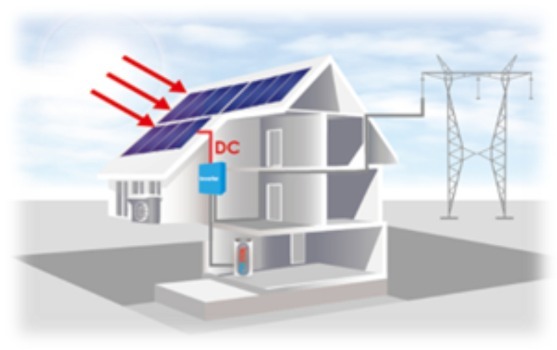
1. Solar PV panels capture sunlight, causing electrons in the panel’s silicon cells to release energy that becomes direct current (DC) electricity.
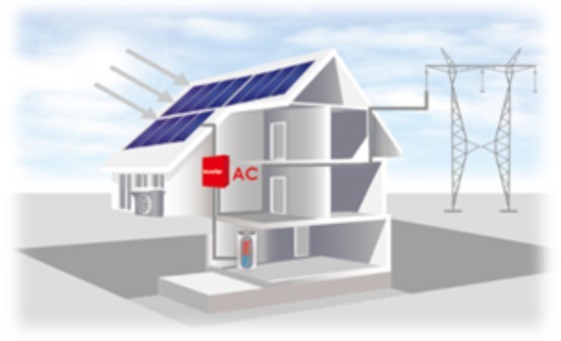
2. An inverter converts the DC into alternating current (AC) electricity, making it useable for homes and businesses.
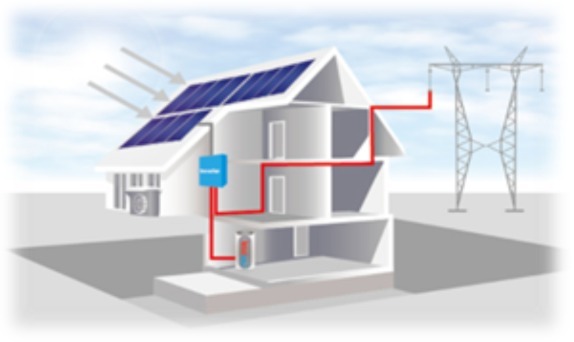
3. Excess electricity can be stored in a battery or fed back into the power grid.
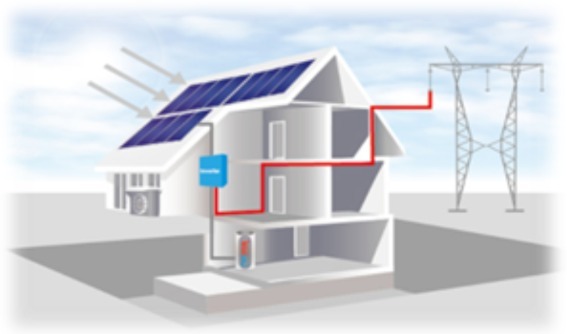
4. Additional electricity can be pulled from the grid if you need more power than your solar panels can generate.

